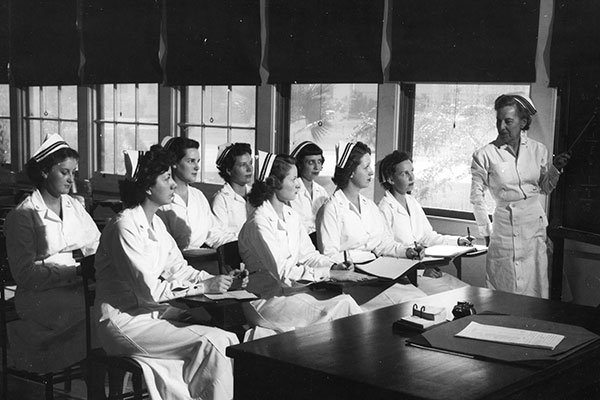The Rise and Fall of National Womenís Hospital: A History
Written By Linda Bryder
Rather dishearteningly, nearly every issue Bryder raises is still a point of contention today. People are just as likely today as they were in the forties to debate whether itís worth trying to keep premature babies alive. Sex education is still poorly implemented, thanks to people who insist that teenagers will only try to have sex if they are taught how to do so safely. What women want from their hospital experiences and what they get is still a Venn diagram with an unsatisfactory degree of overlap. Women in this country still have to meet arbitrary, if poorly enforced, standards in order to get an abortion. Hospitals remain over-crowded, under-funded places of stress and misery, although itís less likely that a nurse will slap you than apparently it once was. Itís not all doom and gloom ó weíve gotten much better at keeping babies alive, for instance ó but a lot of this book shows just how inevitable progress isnít.
Bryder, as generally befits a historian, keeps her views on these issues practically invisible. Some of the arguments made by historical figures in this book induce in me icy contempt, but Bryder manages to retain seeming impartiality around these hot-button issues with remarkable equanimity. The lone exception is her view of the Cartwright Inquiry, which was an important legal case that served as one of the harbingers of doom for the National Womenís Hospitalís independence. Bryder staunchly asserts that it was the result of journalistic misunderstanding and essentially a scandal about nothing; Bryderís written a whole other book about the event.
This history is also filled with delightful minutiae. The New Zealand Family Planning Association was originally called the Sex Hygiene and Birth Regulation Society, which means thereís an alternate reality where I used to bunk off high school to accompany my friends to Sex Hygiene. Someone once seriously said that the husband being present while the wife gave birth would ensure their marriage became ďindestructible for all timeĒ and was not met with howls of laughter. In 1948, five per cent of people seeking treatment for infertility had not actually managed to have the sort of sex that results in conception.
The Rise and Fall of National Womenís Hospital is fascinating, although it isnít going to make you feel completely positive about the advancement of the human race. It simultaneously tells the story of incredible progress while making it hard to feel like weíve really gotten anywhere. National Womenís Hospital began with successful fund-raising and ended with far too many cockroaches; I do hope itís not an allegory about humanity.



